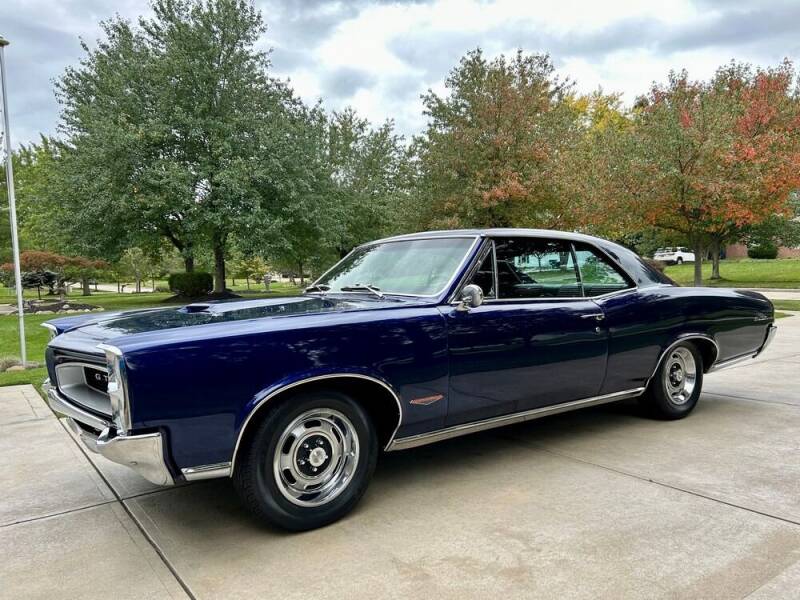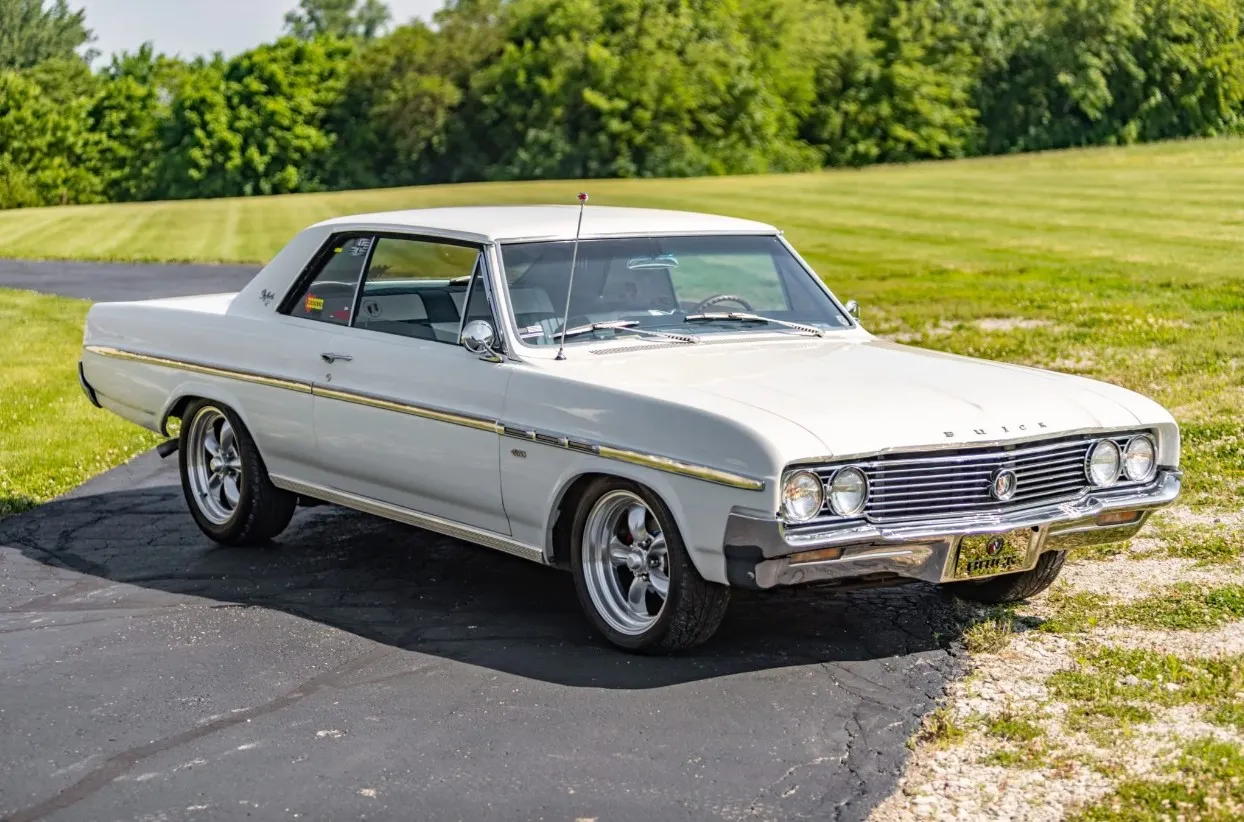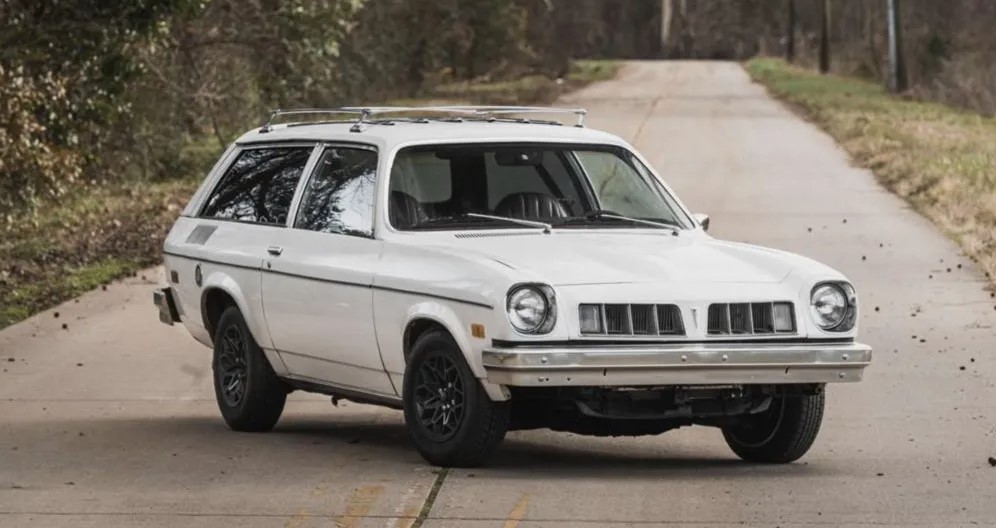In the annals of automotive history, certain cars stand out not just for their engineering prowess but for their iconic design and cultural significance. The 1959 Plymouth Fury is one such classic that has etched its name in the collective memory of car enthusiasts and vintage aficionados.

The Dawn of a New Decade

As the 1950s drew to a close, the automotive industry experienced a period of radical design experimentation. Car manufacturers, eager to capture the attention of consumers, embraced flamboyant styling, characterized by extravagant fins, chrome accents, and bold color palettes. The 1959 Plymouth Fury emerged as a shining example of this design philosophy, representing the epitome of elegance and excess that defined the era.
Exterior Design: Fins and Flamboyance

The defining feature of the 1959 Plymouth Fury is undoubtedly its dramatic exterior design. Fins, a hallmark of 1950s automotive styling, reached their zenith in this model year. The Fury's fins were nothing short of spectacular – soaring skyward with a graceful curve, they embodied the era's fascination with space-age aesthetics. The rear of the car resembled the wings of a jet aircraft, exuding a sense of speed and modernity.
The front end of the Fury was equally striking, with a bold chrome grille and quad headlights that gave the car a distinctive, aggressive look. The dual headlights, a departure from the single headlights of earlier models, contributed to the car's futuristic appeal. The overall impression was one of grandeur and opulence, as the Fury commanded attention on the road with its sheer size and extravagant design.
Interior Comfort and Luxury:

While the exterior of the 1959 Plymouth Fury was a triumph of style, the interior was designed with equal attention to comfort and luxury. The cabin featured spacious seating upholstered in premium materials, providing a plush and inviting environment for both the driver and passengers. The dashboard was a symphony of chrome accents and futuristic controls, emphasizing the car's commitment to modern design.
Performance and Power

Under the hood, the 1959 Plymouth Fury boasted powerful engine options that catered to the desire for performance. The standard V8 engine, with displacement options ranging from 318 to 361 cubic inches, delivered a potent combination of power and speed. The Fury was designed to offer a smooth and responsive driving experience, aligning with the era's enthusiasm for the open road and the promise of adventure.
Color Choices: Vibrant Hues and Finesse

In keeping with the exuberance of the late 1950s, the 1959 Plymouth Fury was available in an array of vibrant and eye-catching colors. From Coral and Buckskin Beige to Bahama Blue and Platinum, each color option was carefully chosen to complement the car's bold styling. The two-tone combinations, a popular trend at the time, added an extra layer of sophistication to the Fury's exterior, creating a visual feast for admirers.
Cultural Impact and Legacy

Beyond its status as a marvel of automotive design, the 1959 Plymouth Fury achieved iconic status in popular culture, thanks in part to its memorable appearance in Stephen King's novel "Christine." The novel, which was later adapted into a film, features a malevolent 1958 Plymouth Fury as the main antagonist. While the cinematic Christine was a 1958 model, the film heightened the mystique surrounding the entire Fury line, cementing its place in the realm of classic cars with a touch of intrigue.
Legacy and Collector's Appeal

Today, the 1959 Plymouth Fury remains a sought-after classic car, revered for its distinctive design and historical significance. Collectors and enthusiasts appreciate its role as a symbol of the extravagant 1950s, and well-maintained examples are cherished as valuable artifacts of automotive history. The rarity of the 1959 Fury, coupled with its unique design elements, contributes to its enduring appeal among vintage car aficionados.
Conclusion

The 1959 Plymouth Fury stands as a captivating relic from an era defined by bold design choices and a sense of unbridled optimism. Its flamboyant fins, vibrant color options, and luxurious interior encapsulate the spirit of the late 1950s, when cars weren't just modes of transportation but expressions of style and status. As a testament to the enduring allure of classic cars, the 1959 Plymouth Fury continues to roll down the lanes of nostalgia, a symbol of an era when automotive design dared to be extravagant, and cars were crafted not just for utility but for the sheer joy of the open road.



